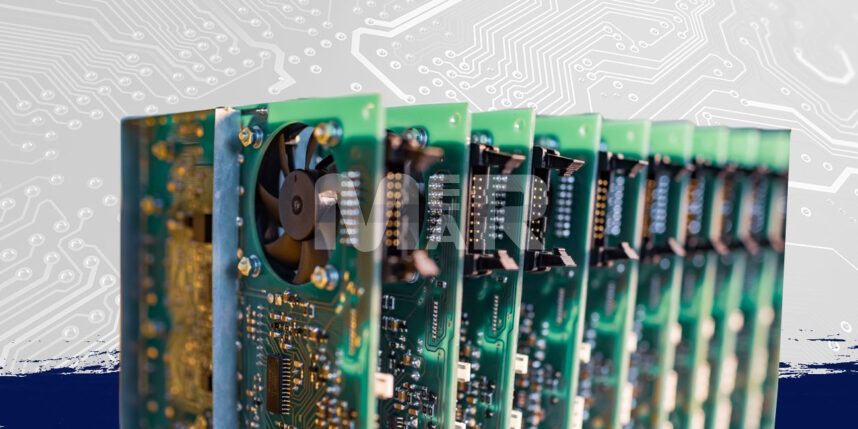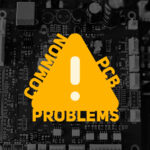What are the basic requirements for manufacturing circuit boards?

When you need your contract manufacturer to manufacture high quality circuit boards, it is imperative that basic data requirements are fulfilled. It is this detailed data that can ensure that the boards are crafted to your exact specifications & that there is no dissonance. In addition to the data provided, it is also important to make sure it is given in a mutually acceptable format.
Let us look at the basic requirements for manufacturing circuit boards:
Basic PCB Manufacturing Requirements
1. Sizes of slots & holes
The size of slots and holes is very important in PCB manufacturing.
The size of slots and holes is very important in PCB manufacturing. Slots, in turn, can be of several types, important among them being:
- Plated Slots
- non-plated slots
- Metallic Annular Slots
- Non-Metallic Annular Slots
It is imperative that all considerations & details be shared so as to create the ideal slots for your PCB.
2. Board outline
This needs to include the dimensions as well as tolerances.
Some of the tolerances that need careful consideration include:
- Inner layer clearances
- Copper-to-edge of PCB
- Thickness tolerances
- Copper trace width, and more
3. Copper Weight
Finished Copper weights are yet another requirement that impacts production as well as the overall cost. It is also important to balance the copper on the sides. By doing this you tend to save on time, and sometimes also on costs.
YOU MAY ALSO LIKE: Copper Thieving
4. Board Thickness
Finished Board Thickness is yet another critical aspect that you need to indicate. The measurement criteria and the tolerances need to be clearly indicated. Also, one aspect that is ignored is that the area where the PCB should be measured for thickness is often not indicated. It is important to indicate whether you want the measurement to be over metal, over mask, over laminate or more.
5. Surface finish
The type of surface finish required is a very important instruction that needs to be given at the outset. In terms of surface finish, you need to indicate whether it should be RoHS compliant. There are a number of popular finishes such as HASL, ENIG, Immersion Silver, OSP, Immersion Tin & more.
6. Solder Mask requirement
Solder mask is yet another thing that needs to be specified. You need to clearly state the color required. While a Gloss Finish is more widely used, you could opt for either Matte or Gloss.
YOU MAY ALSO LIKE: Solder Mask VS Silkscreen
7. Silkscreen requirements
You also need to state the Silkscreen requirements.
The data to be put includes:
- Reference designators
- Component symbols
- Pin markings
- Special markings
- Documentation
Additional Requirement
In addition to the above, in case there are any additional requirements they need to be clearly stated. Such additional requirements may be by way of:
Impedance
Essentially you need to specify the following:
- Target impedance.
- Trace width.
- Trace height.
- Layer the impedance trace is on.
- Spacing between copper components.
Vias
The information to include is to do with via structure, whether it is through, blind or buried, via diameter, tolerance and more.
Milling
These could be noted on the fabrication drawings and includes parameters such as smallest radius for inner corners, milling contour & more.
It is also important to specify the array or panel configuration method. It could be scored or tab routed. In addition, the fiducial locations as well as the shapes & sizes need to be specified.
Other than the above aspects, it is important to remember that the fabrication instructions should be provided in a format that can be easily understood. Some of the formats that work well include Gerber, Adobe Acrobat, AutoCAD and more. It is best to check with the contract manufacturer on the formats that work for them, so that no time is lost.
Last, but definitely not least, best practice demands that you specify a technical contact who can be reached out to in case of any queries. This ensures that any time there is any requirement for technical clarification, it can be sought without any delay. This goes a long way in ensuring that there are no delays & that eventual time-to-market is significantly expedited. Needless to mention that since time-to-market is a source of significant competitive advantage in today’s times, its importance cannot be overstated.








